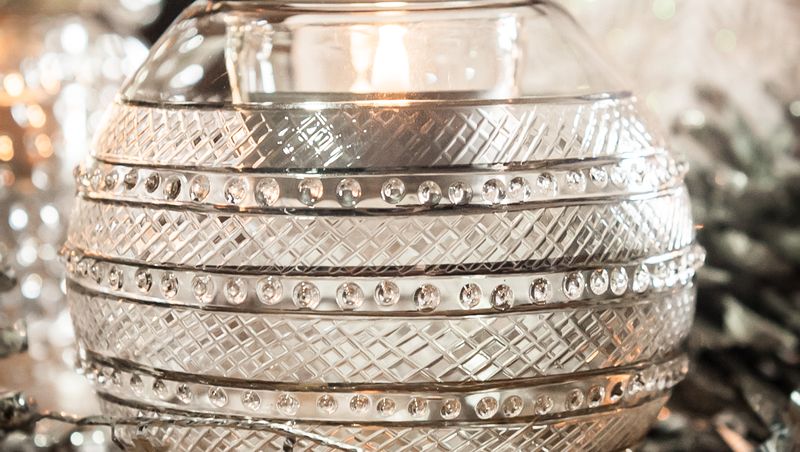
Sees Behind Trees Teacher Guide
Sees Behind Trees Teacher Guide. GitHub Gist: instantly share code, notes, and snippets. This is a straight forward handout to help with perspective drawing lessons: one point perspective + two point perspective (free art teacher resources from www.studentartguide.com) This perspective exercise is part of our Guide to One Point Perspective, which contains several handouts and free teaching resources.
Code signing sparkle framework for mac pro. All crepe myrtles bloom on new wood and should be pruned in winter or early spring. On large shrubs and trees, remove basal suckers, twiggy growth, crossing branches, and branches growing toward the center of the plant.
Also gradually remove side branches up to a height of 4–5 ft.; this exposes the handsome bark of the trunks. During the growing season, clip off spent flowers to promote a second, lighter bloom.
Also prune dwarf forms periodically throughout the growing season, removing spent blossoms and thinning out small, twiggy growth. Native to Japan. Tree to 20–30 ft. Tall and wide, with erect habit and outward-arching branches. Light green leaves to 4 in. Long and 2 in. Wide turn yellow in fall.
Besanko 2nd edition microeconomics graphs. Especially handsome bark: the smooth gray outer bark flakes away to reveal glossy cinnamon brown bark beneath. Small white flowers are borne in 2- to4-in.-long clusters in early summer; often blooms again in late summer.
Resistant to mildew and best known as a parent of hardy, mildew-resistant hybrids with L. Indica, though it is handsome in its own right.
‘Fantasy', with even showier bark than the species, has a vase form―narrow below, spreading above. ‘Kiowa' has outstanding cinnamon-colored bark. The premier summer-flowering tree of the South. Tolerates heat, humidity, drought; does well in most soils as long as they are well drained. May be frozen to the ground in severe winters in the Upper South, but will resprout. Gardeners there should plant cold-hardy selections such as ‘Acoma', ‘Centennial Spirit', and ‘Hopi'. Variable in size (some forms are dwarf shrubs, others large shrubs or small trees) and habit (spreading or upright).
Dark green leaves are 1–2 1/2 in. Long and somewhat narrower, usually tinted red when new; they often turn brilliant orange or red in fall. Crinkled, crepe-papery, 1- to 1 1/2-in.-wide flowers in white or shades of pink, red, or purple are carried in dense clusters. When pruning a crepe myrtle, don't chop your large crepe myrtles down to ugly stubs each spring just because your neighbors do.

This ruins the natural form and encourages the growth of spindly, whiplike branches that are too weak to hold up the flowers. To reduce a crepe myrtle's height, use hand pruners or loppers to shorten the topmost branches by 2–3 ft. In late winter, always cutting back to a side branch or bud.
For branches more than 2 in. Thick, always cut back to the crotch or trunk.
Don't leave big, ugly stubs.